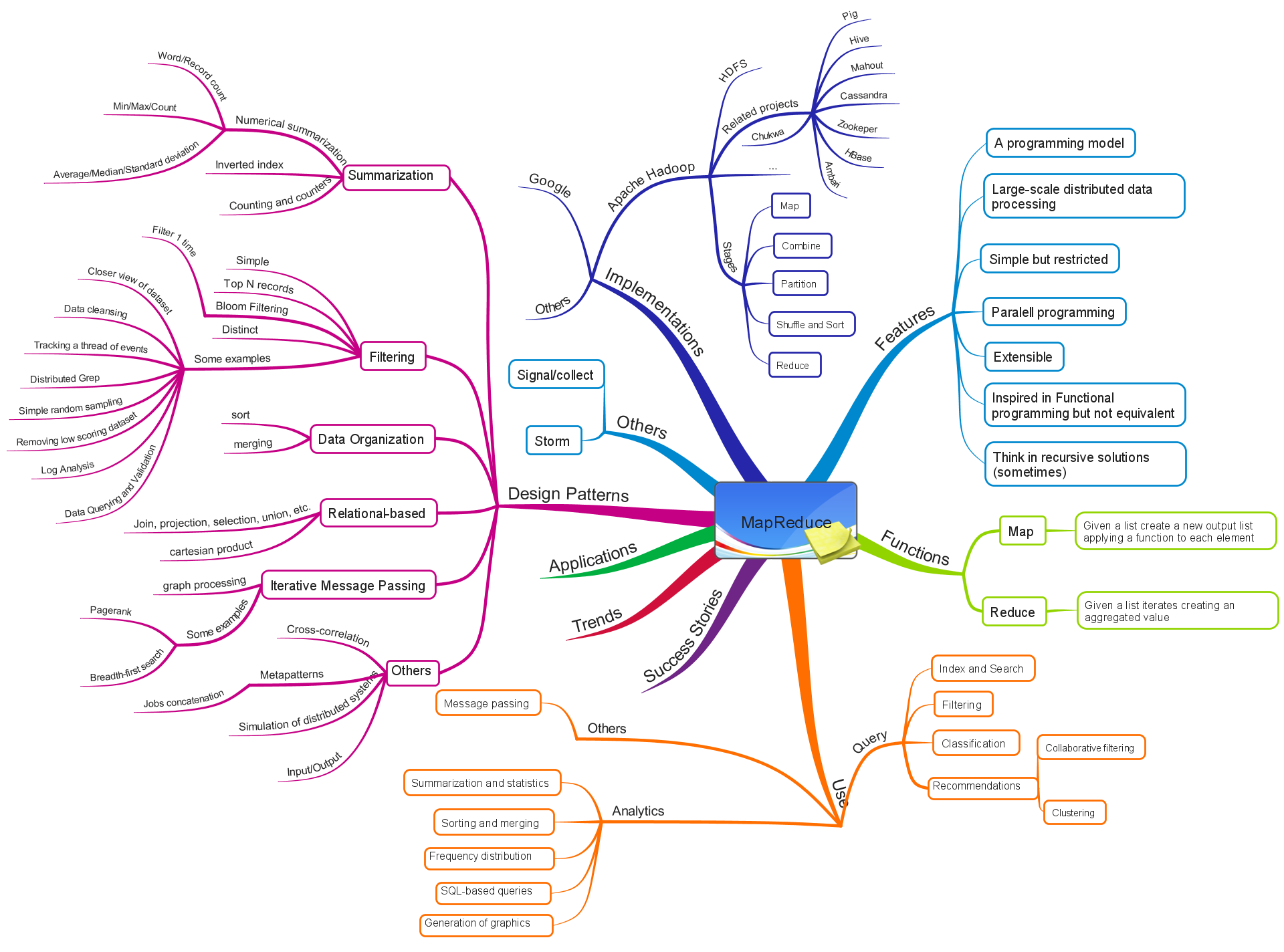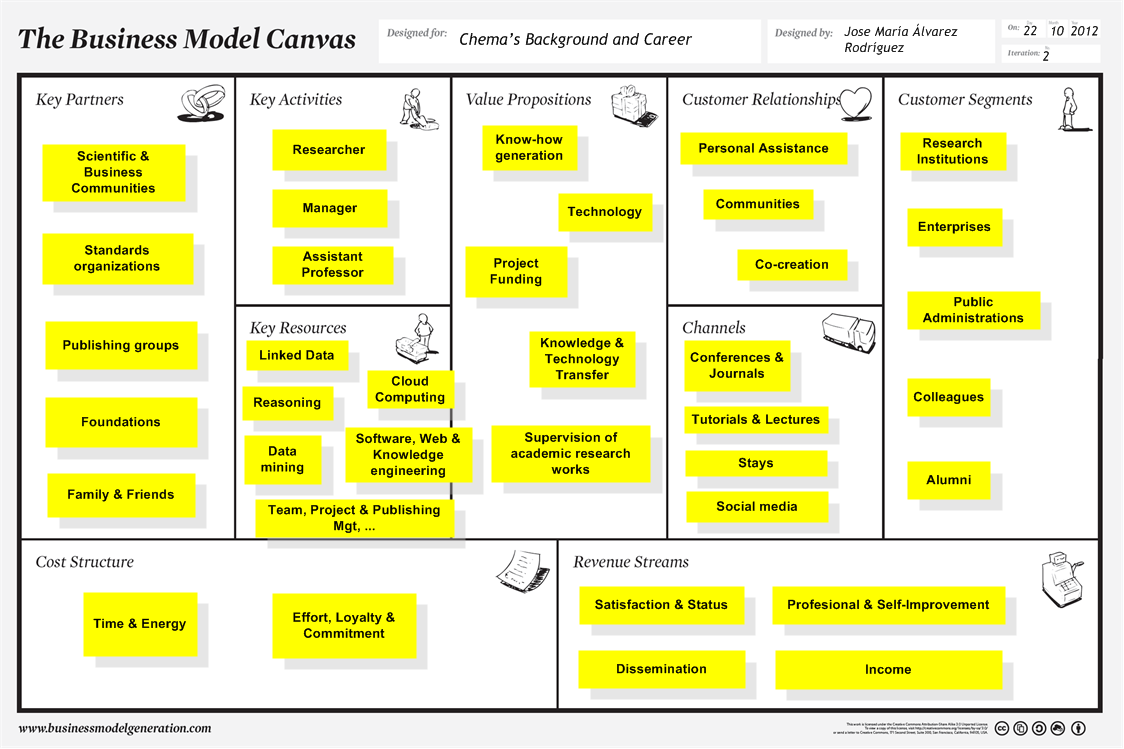Here I would like to share some relevant information to highlight actions that have had special relevance in my career:
Research projects and agreements
- Member of UNE CTN71/SC 9 Big Data as representative of CCII.
- Member of UNE CTN71/SC 307 Blockchain as representative of CCII.
- H2020 Expert evaluator. (May 2017)
- HPI Future SOC Lab-Project approved under title “Spectral clustering and multiple regression techniques to analyze the on-line communities of RTVE”. (April 2017)
- Member of the Research Agreement (“Cátedra de Investigación”) between TRC and UC3M to boost research in the field of systems engineering and interoperability. (January 2017-now)
- Technical Coordinator of the Research Agreement (“Cátedra de Investigación”) between RTVE and UC3M to boost research in the field of Big Data, Linked Data, Complex network analysis, Natural Language Processing, etc. applied to social network analysis. (October 2015-now)
- Main researcher of the European Celtic+ project Internet of DevOps. (Nov. 2018-now)
- Researcher of the European H2020 ECSEL project AMASS. (April 2016-now)
- Director of the Communications of the Spanish Chapter of INCOSE. (February 2016-now)
- Researcher in the database of the Joint Research Center-European Commission (selection procedure EPSO/CAST/S/5/2013 – Quantitative Sciences). (2013)
- Marie Curie Experienced Researcher (Postdoctoral) within Information & Knowledge Management Research Cluster at South East European Research Centre (SEERC). (2013)
- HPC-Europa2 Transnational Access programme: collaborative research visits using High Performance Computing. SARA Amsterdam. (2012)
- Participation in the data portal of The Webindex project and as national expert on Linked Open Data. (2012-2013, 2015).
- Participation in more than 30 research projects at regional, national and European levels (see Projects section).
Research activities
- Author of 20 JCR articles (see Publications section).
- Author of 62 conference/workshop papers and book chapters (see Publications section).
- Guest editor of the JCR special issue Scientific Programing Techniques and Algorithms for Data-Intensive Engineering Environments (2016-2017)
- Guest editor of the JCR special issue Special Issue on Educational Applications on the Web of Data: New trends and perspectives (2017-2018)
- Guest editor of the JCR special issue New trends on E-Procurement applying Semantic Technologies (2013-2014)
- Chair of of the SNAA (The 8th Workshop on Social Network Analysis in Applications) (2018).
- Organizer of the SESE (South European Systems Engineering) Tour (2014, 2016, 2017).
- Organizer of CRYSTAL – “Final dissemination event” in conjunction with 5th European Conference on Interoperability for Embedded Systems Development Environments. (June 2016).
- Chair of the “Systems Thinking” session at INCOSE-IS 2016.
- Serving as reviewer more than +100 times for 24 JCR journals
- Serving as reviewer and PC of more than 30 conference and workshops
- Author of more than 20 research project deliverables.
- Member of the OSLC Requirements Management Working Group and OMG.
- Two bubbles (PSCs and CPV) in the Linked Open Data Cloud Diagram.
Academia
- Positive evaluation as Associate Professor by the ANECA. (April 2016)
- Coordinator of the Spreadsheets Course at UC3M. (September 2017)
- Coordinator of the Software Engineering Course at UC3M. (September 2017)
- Co-director of the PhD Thesis “MATURITY BASED APPROACH FOR ISMS GOVERNANCE” by Knut Haufe (Apto Cum Laude). (May 2017)
- Co-director of the PhD Thesis “A CLOUD-BASED INFRASTRUCTURE TO SUPPORT BUSINESS PROCESS ANALYTICS ON HIGHLY DISTRIBUTED ENVIRONMENTS” by Alejandro Vera Baquero (Apto Cum Laude). (October 2015)
- Instructor of the edX MOOC course “The Software Architect Code: Building the Digital World” (May 2016-now).
- Instructor of the UC3M SPOC course “Programming in Java” (May 2017).
- Instructor of the UC3M SPOC course “Agile Methods” (May 2017).
- Director of the UC3M SPOC course “The Spreadsheets Manager” (December 2018)
- Supervisor of 7 final master thesis.
- Supervisor of 45 final degree projects.
- Member of the evaluation panel of final degree projects and master thesis (102).


